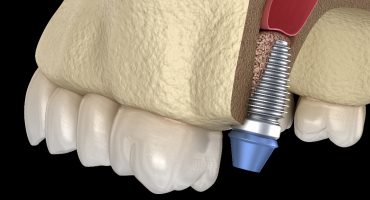What should you do after the root canal treatment?
In order not to endanger the success of the treatment, you should pay attention to some special features after the root canal treatment. In particular, as long as the anesthetic still works, you should refrain from hot drinks or food. Because of the anesthesia, you can not properly estimate temperatures, which can cause burns. Basically, you should wait about an hour to eat something again. After this time, the filling that protects the root canal is hardened in any case.
But beware: the tooth is not as stable as a healthy tooth. It is therefore recommended not to include particularly hard foods such as nuts in the diet. Since dairy products can promote the growth of bacteria in the mouth, it is advisable to forego it in the first days after root canal treatment. Particularly suitable are soft foods such as soups, stews or fruit pulp.
Many athletic patients wonder when they can do sports after a root canal treatment. Normal sports activities can theoretically resume one day after the session. Nevertheless, it is advisable to give the body some rest for a few days.
In general, you have to expect swelling and pain after a tooth root canal treatment. Cooling pads or moist pads can alleviate the discomfort. However, you should make sure that you do not put ice packs directly on the skin. In consultation with your dentist, you can also take over-the-counter medicines with painkillers such as acetaminophen or ibuprofen.
Since the treated tooth is still quite sensitive, you should avoid the affected area when brushing your teeth. It is also advisable to do without dental floss or water flossing for a few days.
Whether the root canal treatment has brought the desired success, only the dentist can check. In any case, make sure to attend the check-up, even if you may be painless.




